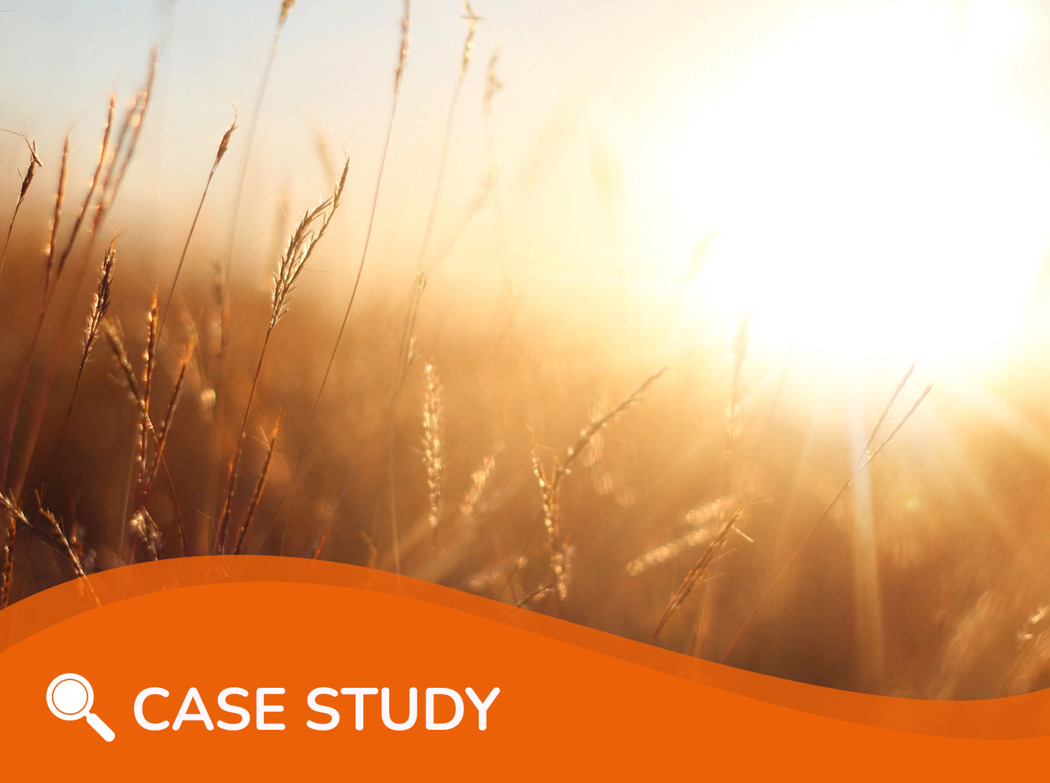Case study: My FeedPrint helps Ireland's agriculture sector assess its environmental impact
The Irish government recently set out to better understand how the country's agricultural community contributes to its environmental footprint. They have started various projects to create LCAs for livestock farms across the island.

The models they are using are based on gathering primary data from farms and using generic figures for feedstuffs consumed on the farm. Since this generic data is not fully accurate, the timing of the MyFeedPrint model launch at Trouw Nutrition Ireland could not have been better. MyFeedPrint makes it possible to efficiently and accuratelycalculate the environmental footprint of compound feed or feed blends, based on input data for each of the raw material ingredients, including country of origin, distance travelled, mode of transport and energy used for production.
During meetings with the feed industry bodies in the north and south of Ireland, various NGOs and feed compounders, the Trouw Nutrition team has been able to explain the value of MyFeedPrint and demonstrate both its simplicity and the accuracy of the data sets it is based on.
At a recent Global Feed LCA Institute (GFLI) workshop organised by the Irish Grain and Feed Association, the Trouw Nutrition team was able to show how its models utilise the most up-to- date environmental footprint figures available to establish a local database for raw materials, utilise production and transport energy use figures to calculate the feed mill footprint, and then combine both to calculate the footprint of any feed formulation produced by the mill and delivered to a farm.
Feed mill customers are already asking Trouw Nutrition Ireland to compare footprints for compound feeds based on a high level of imported raw materials with feeds produced using more homegrown energy and protein sources.
Linking customers to the Trouw Nutrition MyNutriOpt system, an online portal to analyse, manage and export feed data, will allow them to work with this model themselves and make procurement decisions based on a raw material’s environmental footprint as well as its nutrition value.
We wanted to have an open and constructive conversation with our key business partners about how to take practical steps together to transition our sustainability vision into reality. The team outlined Trouw Nutrition Ireland’s five-point plan of action on sustainability. It started a great discussion and generated a lot of enthusiasm among many of the customers in the room. We asked customers, Are we right? Or what do we need to change? And let’s do it together.